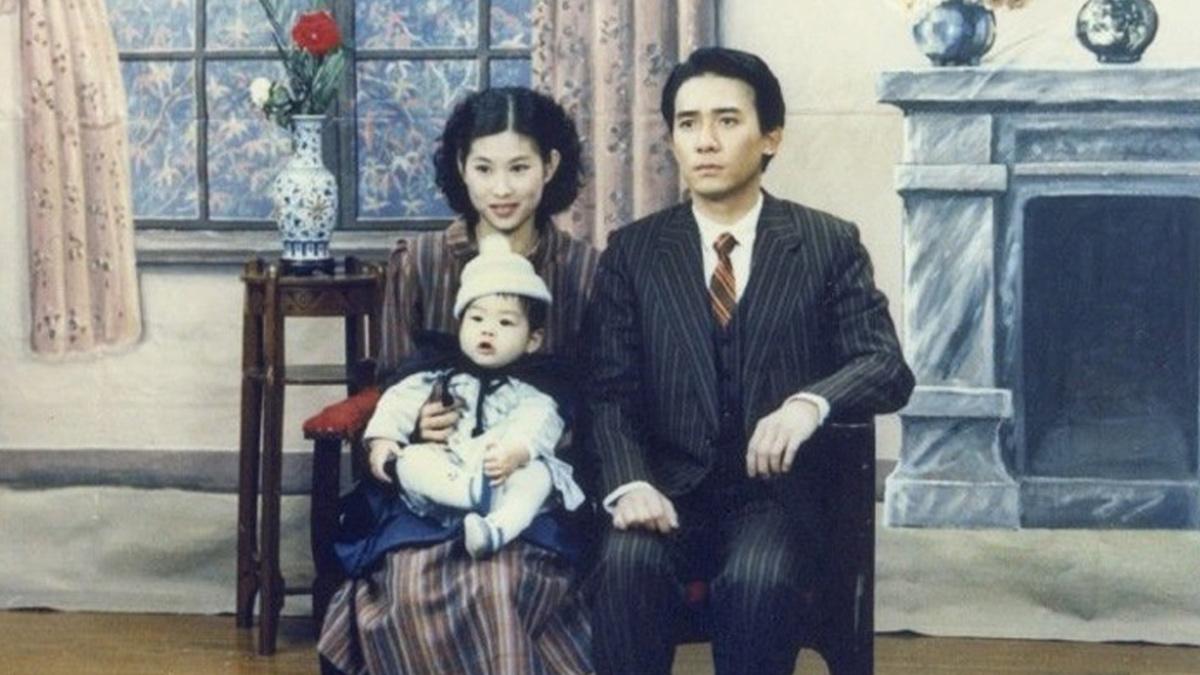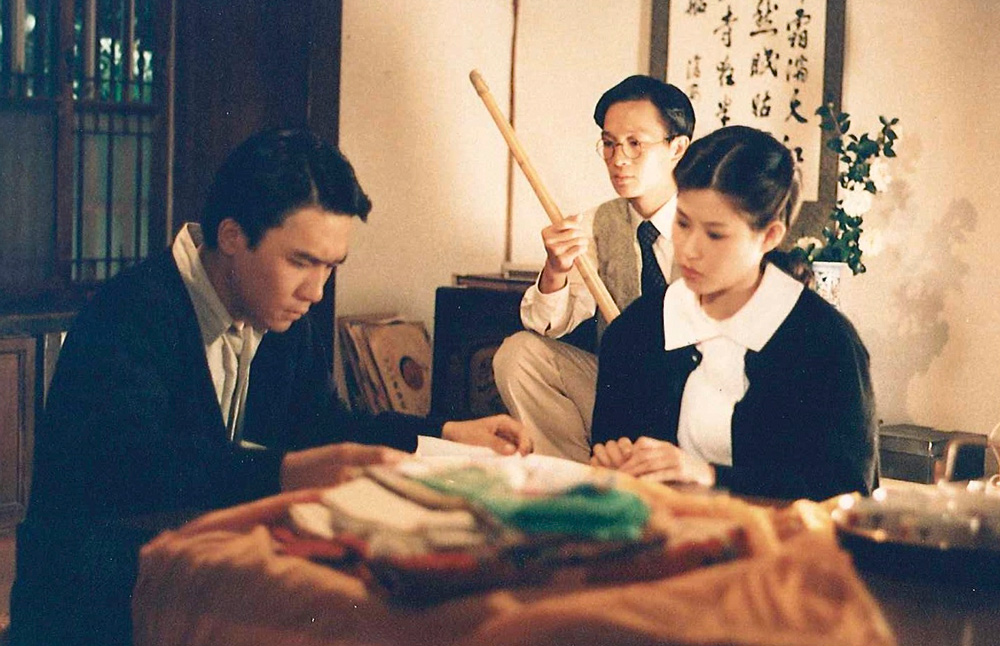
(C) Pia Co., Ltd.
“A City of Sadness” is an early collection of Hou Hsiao-hsien’s records of historical events in Taiwan.
2021.04.21
Shooting style that uses many fixed shots and long takes
Aside from its historical significance, when I look back at ``A City of Sadness'' now, I am simply overwhelmed by the beauty of the screen. There are many formal characteristics of Hou Hsiao-hsien's films here. Many scenes are filmed over long periods of time in fixed shots, with no close-ups. There is no turning back. Mobile photography is almost non-existent. The screen is dark and the dialogue is minimal. People are buried in the vast landscape and become part of it.
The camera remains still, showing the vast mountain scenery and port town lined with bars. At first glance, it seems like a time when nothing is happening. But there is always some breathtaking action that will take your breath away. Just when I thought I saw men running from the back, a fierce scuffle began the next moment. Or, if a man standing in front of the screen slowly moves toward the back of the screen, the scene immediately changes to an attack on the enemy. The camera constantly captures people moving from the back of the screen to the foreground, or from the foreground to the back, capturing movement. ``A City of Sadness'' teaches us the basic techniques of filmmaking. Fixed shots show the depth of the screen. And the long take marks the beginning of the action.
Hou Hsiao-hsien often says things like this. ``What is important to me is the emotion and atmosphere of the scene, not the composition or shot.'' The reason why he doesn't rely on close-ups and uses a lot of fixed shots and long takes is because he values the atmosphere. Move the camera as little as possible and use natural light as much as possible. In this way, reality itself will be reflected rather than the actors' performances or the story.
 “A City of Sadness” (C) Pia Co., Ltd.
“A City of Sadness” (C) Pia Co., Ltd.
But that doesn't mean he looked down on the actors' performances. Chen Huaien, the cinematographer of A City of Sadness, says he knows of no other director who wants to control the cinematography as much as Hou Hsiao-hsien. When the screen was made very dark to emphasize the atmosphere, the director sometimes complained, ``You can't see the actors' performances in this way.'' It's not that I don't value composition and shots. The atmosphere and emotion he envisions are always tied to strict compositions and shots.
The end of Taiwanese new cinema

